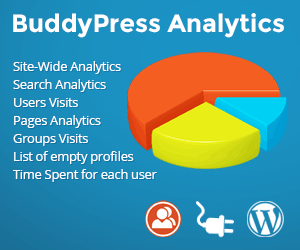How and When to Use Actions and Filters

WordPress allows web developers to add their own code during the execution of a request by providing various hooks. These hooks come in the form of actions and filters:
- Actions: WordPress invokes actions at certain points during the execution request and when certain events occur.
- Filters: WordPress uses filters to modify text before adding it to the database and before displaying it on-screen.
The number of actions and filters is quite large, so we can’t get into them all here, but let’s at least take a look at how they are used.
Here’s an example of how to use the admin_print_styles action, which allows you to add your own stylesheets to the WordPress admin pages:
add_action('admin_print_styles', 'myplugin_admin_print_styles');
function myplugin_admin_print_styles() {
$handle = 'myplugin-css';
$src = MYPLUGIN_PLUGIN_URL . '/styles.css';
wp_register_style($handle, $src);
wp_enqueue_style($handle);
}
And here’s how you would use the the_content filter to add a “Follow me on Twitter!” link to the bottom of every post:
add_filter('the_content', 'add_twitter_link_to_the_content');
function add_twitter_link_to_the_content($content) {
$output = $content;
$output .= '<p>';
$output .= '<a href="http://twitter.com/yourusername">Follow me on Twitter!</a>';
$output .= '</p>';
return $output;
}
It’s impossible to write a WordPress plugin without actions and filters, and knowing what’s available to use and when to use them can make a big difference.
See the WordPress codex page “Plugin API/Action Reference” for the complete list of actions and the page “Plugin API/Filter Reference” for the complete list of filters.
Note: Pay close attention to the order in which the actions are listed on its codex page. While not an exact specification, my experimentation and trial-and-error has shown it to be pretty close to the order in which actions are invoked during the WordPress request pipeline.


